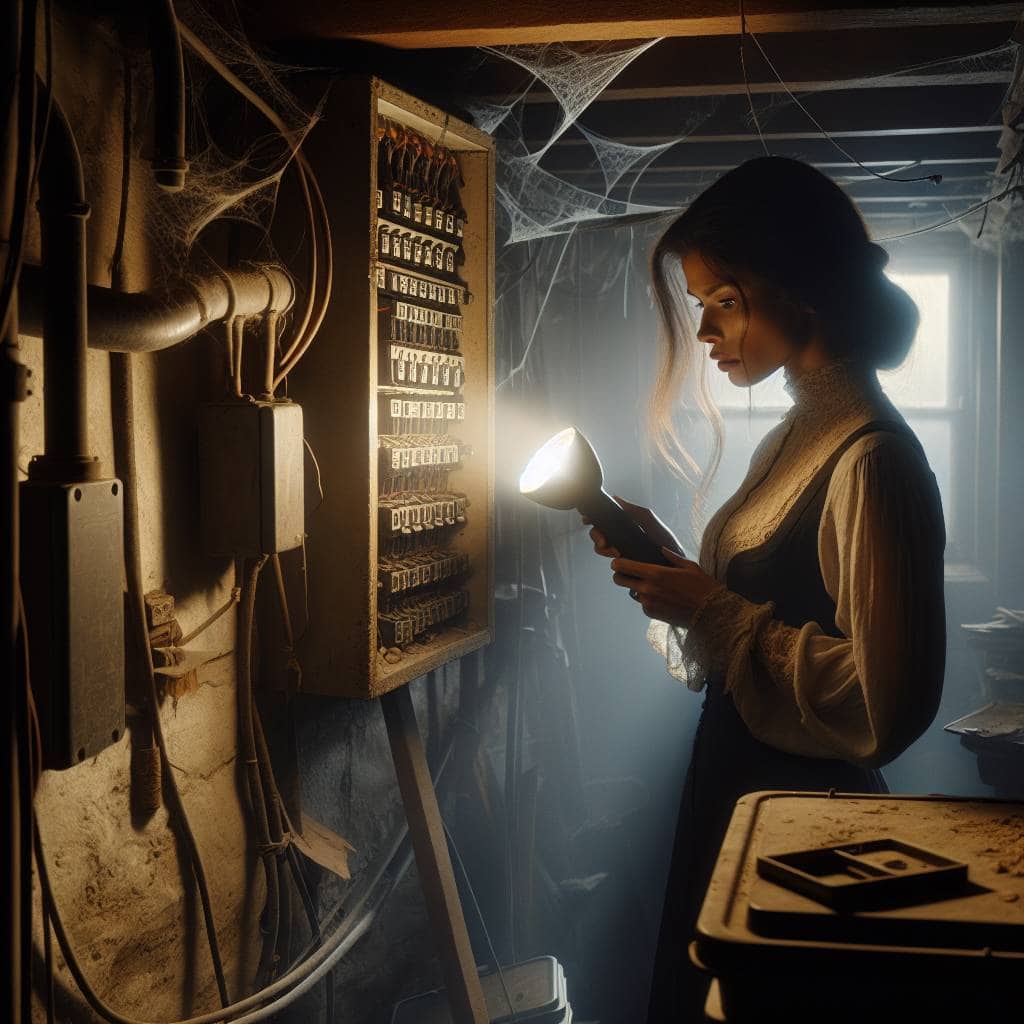I once spent an entire Saturday afternoon locked in a standoff with my circuit breaker box. There I was, armed with nothing but a flashlight and a stubborn streak, trying to decipher the cryptic hieroglyphics left by the previous homeowner. Every time I thought I had it figured out, the lights would flicker, mocking me like a mischievous ghost. It felt less like troubleshooting and more like a desperate plea to an ancient deity of electricity. But I digress—if there’s one thing that stubborn hunk of metal taught me, it’s that understanding your circuit breaker box is akin to deciphering a secret language that holds the power to ruin or rescue your weekend plans.

Now, I’m not here to sugarcoat things. That box is a beast, but it doesn’t have to be your enemy. This article will guide you through the maze of tripping circuits, labels that seem to have been scribbled by a sleep-deprived raccoon, and the mysteries of your electrical panel. We’ll dig into the nuts and bolts of safety, reveal the secrets of taming this metal monster, and arm you with the know-how to stop feeling like a helpless homeowner. Strap on your tool belt—we’re about to make that box purr like a kitten instead of growl like a lion.
Table of Contents
A Homeowner’s Dance with the Tripping Tango
Imagine this: a quiet Saturday afternoon, the hum of your favorite tunes in the background, when suddenly—bam! Darkness swallows the room whole. Your trusty circuit breaker box has decided to test your resolve once again. It’s like an old jukebox stuck on repeat, playing a tune you didn’t ask for. This is the Tripping Tango, and every homeowner eventually finds themselves dancing to its unpredictable rhythm.
This isn’t just about flipping a switch back on. Oh no, it’s a delicate choreography between you and that metal beast lurking in the basement or garage. Each breaker is a partner in this electric waltz, labeled with cryptic codes that might as well be ancient hieroglyphs. The key is learning the steps to prevent the trip—understanding which circuits power which parts of your home, how much is too much for your electrical panel to handle, and the art of labeling everything with precision. It’s a dance of safety and knowledge, where every step counts.
And let’s not forget the importance of this dance. A circuit breaker tripping is a guardian angel in disguise, protecting your home from electrical overloads that could lead to fires. So, next time you’re locked in this tango, remember: it’s not just a nuisance. It’s an opportunity to get to know your home, to master the box, and to ensure your castle remains safe and sound. Keep your labels clear, your load balanced, and your waltz with the breaker box will become a graceful, if not entirely predictable, dance.
The Secret Language of Wires and Breakers
Your circuit breaker box is like a stubborn old friend—full of quirks and surprises. Once you take the time to label and understand its whims, you’ve got the power to keep your weekend plans intact.
The Unseen Symphony of Sparks and Steel
So, there it is, my dance with the circuit breaker box—a beast of burden, a silent guardian. I’ve come to see it as more than just a metal box; it’s a symphony of sparks and steel that plays the rhythm of our lives. Each label, each switch, a note in the grand score of home. And like any symphony worth its salt, it demands respect and understanding—not just a passing glance or a quick fix. It’s a creature of habit, set in its ways, but once you learn its tune, it’s a partner that keeps the lights on and the fridge humming.
But let’s be real—there are days it feels like a tripping tango, a chaotic mess of flickering lights and blown fuses. Yet, in those moments of frustration, there’s a strange beauty. The unpredictability reminds me of the human heart, full of quirks and surprises. I’ve labeled each panel not just for safety, but as a map of my journey—each circuit a tale, each breaker a lesson learned. It’s a reminder that in the grit and grime of everyday life, there’s a story waiting to be told, and sometimes, the most unlikely characters—like a breaker box—can teach us the most about resilience and the quiet power of understanding.